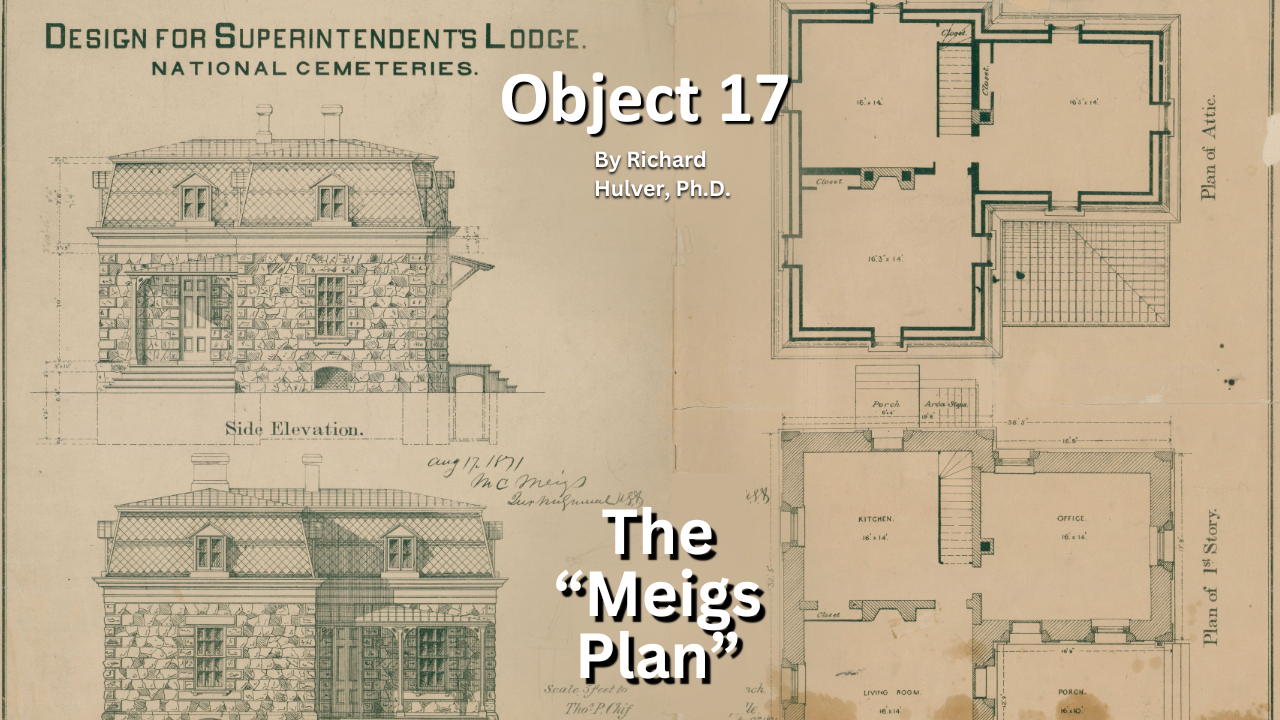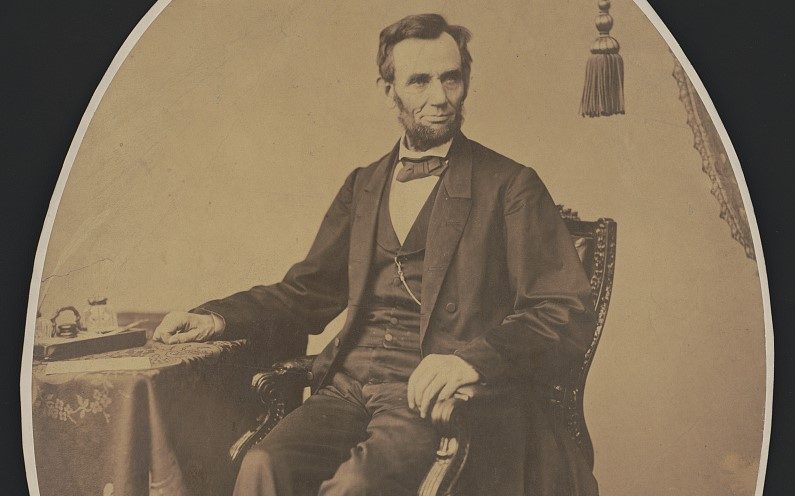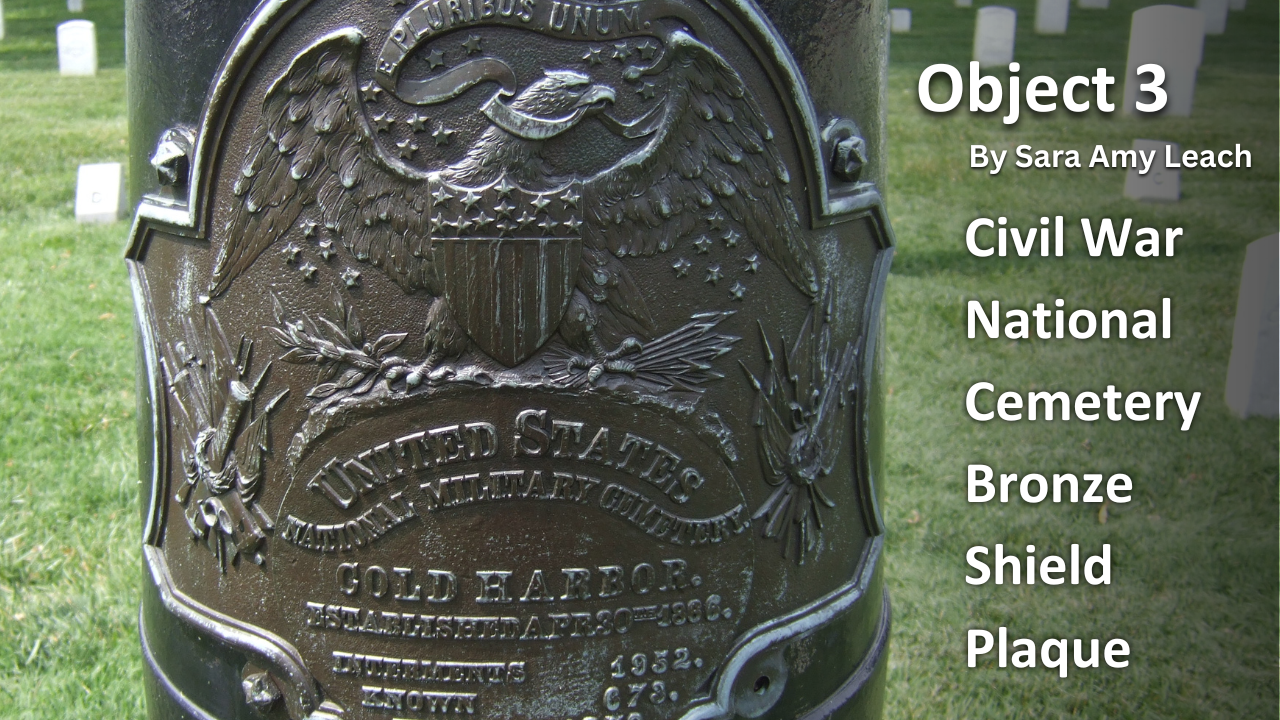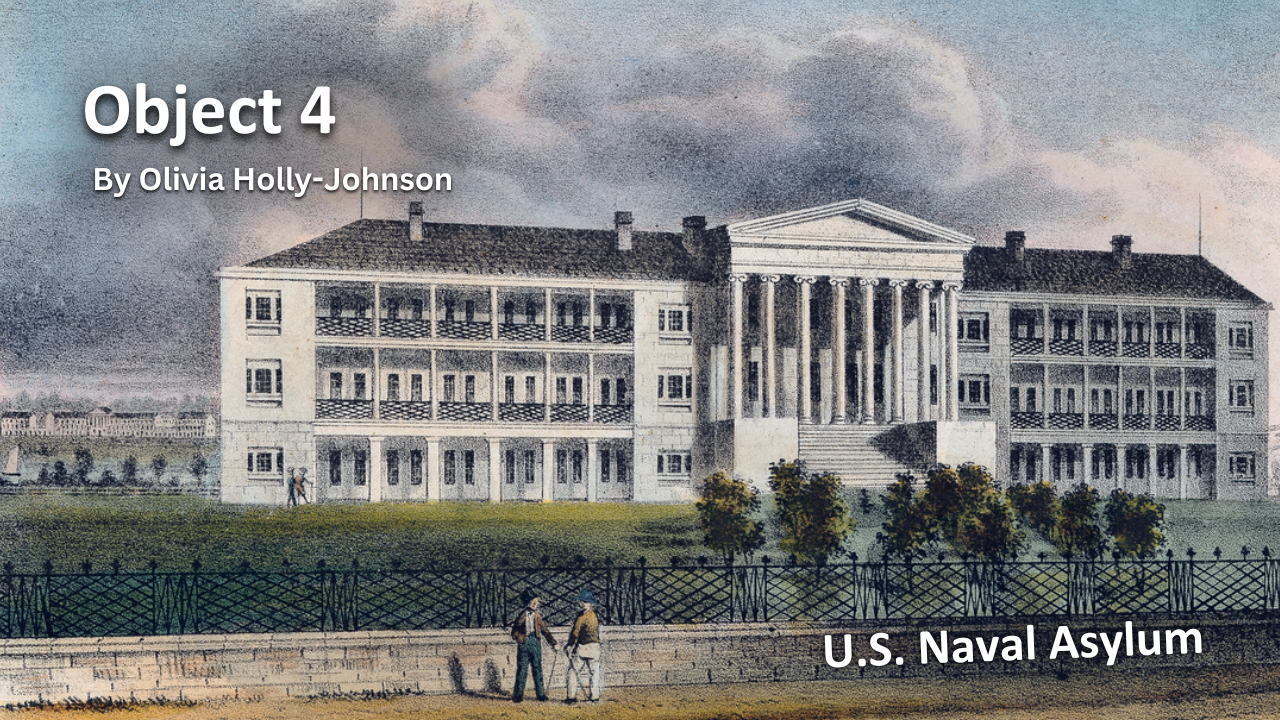
History of VA in 100 Objects
Object 20: The Washington Arsenal Monument
The National Cemetery Administration serves as the steward for government and military lots at select private cemeteries nationwide. The Congressional Cemetery in Washington, D.C., is home to the Washington Arsenal Monument, which honors the women who died in an explosion at the arsenal during the Civil War.

History of VA in 100 Objects
Object 17: The “Meigs Plan” Lodges
National cemeteries originated out of necessity during the American Civil War. In the summer of 1862, as casualties mounted at an alarming rate, Congress empowered President Abraham Lincoln to purchase and enclose burial plots as national cemeteries to inter the growing number of Union dead. These cemeteries were managed by superintendents, some disabled Civil War Veterans. To house them, Brig. Gen. Montgomery Meigs came up with what was later named the "Meigs Plan," the design for permanent lodges to house the superintendents.

History of VA in 100 Objects
Object 12: Pension Bureau Building
In 1882, the Pension Bureau hired 770 new clerks, doubling the size of its work force. The additional manpower was necessary to keep up with the explosive growth of the pension system after the Civil War. Work soon began on constructing a new Pension Bureau building to serve as the headquarters and home for the enlarged work force.

History of VA in 100 Objects
Object 9: National Home Beer Token
Beer halls and beer gardens were familiar to Civil War Veterans who resided at branches of the National Home for Disabled Volunteer Soldiers (NHDVS). The administrators limited consumption in these beer halls by selling beer tokens or tickets that were exchanged for beer. The compromise was welcomed by administrators and Veterans alike.

Featured Stories
National Cemeteries and President Abraham Lincoln
President Abraham Lincoln’s famed 272-word Gettysburg Address, cast in iron tablets, was placed in national cemeteries in 1909 as part of a nationwide birthday centennial program. When the popular president, born February 12, was honored again in 2009, NCA began to produce more tablets to ensure the speech is in all new national cemeteries.

History of VA in 100 Objects
Object 3: Civil War National Cemetery Bronze Shield Plaque
The first permanent informational plaques placed in national cemeteries after the Civil War were affixed to upright cannons to brand these sites as a shrine to Union dead. These bronze shield plaques were installed after a 1872 report and served as early monuments to Union dead from the Civil War at national cemeteries.








